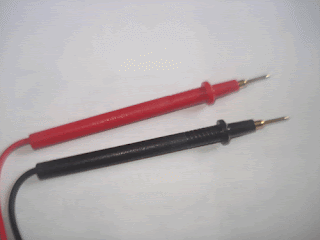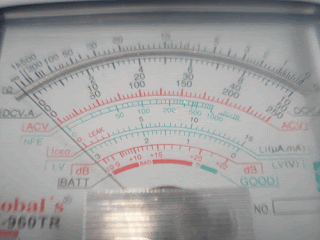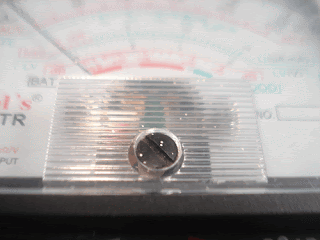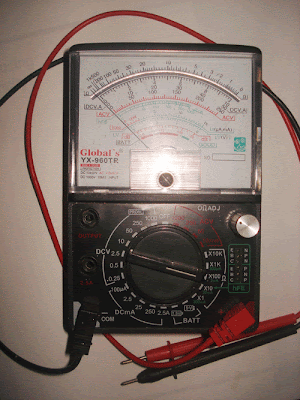If you are the person who often travel around the world but needs to use his or her personal electronic components such as hair dryers, camera, camcorder, iPods, shavers and etc...
Then it is important for you to have an 'International Voltage Converter'. This device allows you to convert voltage to the level required by your electronic components.
As an example, lets assume that you own a smartphone with a charger that must only be plugged into a 110 volt outlet but the country you are currently visiting or about to visit have a 220 volt power source on their outlet.
As an example, lets assume that you own a smartphone with a charger that must only be plugged into a 110 volt outlet but the country you are currently visiting or about to visit have a 220 volt power source on their outlet.
Insisting of plugging your electronic component with a rating requirement of 110V right into a 220V outlet source is highly dangerous. This can lead into fire and electrocution.
The solution into this kind of problem is to use an international voltage converter where in the example above, this device will 'step-down' the 220V to 110V.
The solution into this kind of problem is to use an international voltage converter where in the example above, this device will 'step-down' the 220V to 110V.
There are already numerous competing products of international voltage converters in the market but before purchasing any one of them, you have to make sure that the features meets your needs.
Since its an international converter it should support Europe, Australia, North & South America, U.K., Hong Kong, Africa, New Zealand, India and the rest of other Asian countries.
Take note that most international voltage converters are not intended to be used on electronic components that requires or consumes excessive amount of power such as your TV, Desktop computer and any household appliances.
Take note that most international voltage converters are not intended to be used on electronic components that requires or consumes excessive amount of power such as your TV, Desktop computer and any household appliances.
If you do so then the converter will sustain permanent damage and worse, you might get accidentally injured by it.

Browsing the web, I had encountered the VCT International Travel Voltage Converter (Dual 50 Watt/1600 Watts) which is a light duty converter made perfect for travel.

International Voltage Converter Plug Adapter Travel Kit
Browsing the web, I had encountered the VCT International Travel Voltage Converter (Dual 50 Watt/1600 Watts) which is a light duty converter made perfect for travel.
According to the product description, what this device specifically does is to convert foreign electricity of 220/240V down to 110/120V of high wattage 'travel heating appliance'.
What does travel heating appliance means?
It means that while it is being used, the converter will get hot. We can then speculate that the designed might be a resistive load.
What does travel heating appliance means?
It means that while it is being used, the converter will get hot. We can then speculate that the designed might be a resistive load.
If this is the case then using it on an electronic household appliance will result into the converter from being fried in almost an instant.
This is the reason why you are not allowed to use Household appliances.
In my search for the best international voltage converter for travelers, I do not seem to find any good product as of these days.
In my search for the best international voltage converter for travelers, I do not seem to find any good product as of these days.
The majority claims that they easily get damaged or it doesn't last long enough wherein its just a complete waste of money.
However, I'm pretty sure that a certain manufacturer will soon be able to find a way to achieve perfection for this kind of product.













